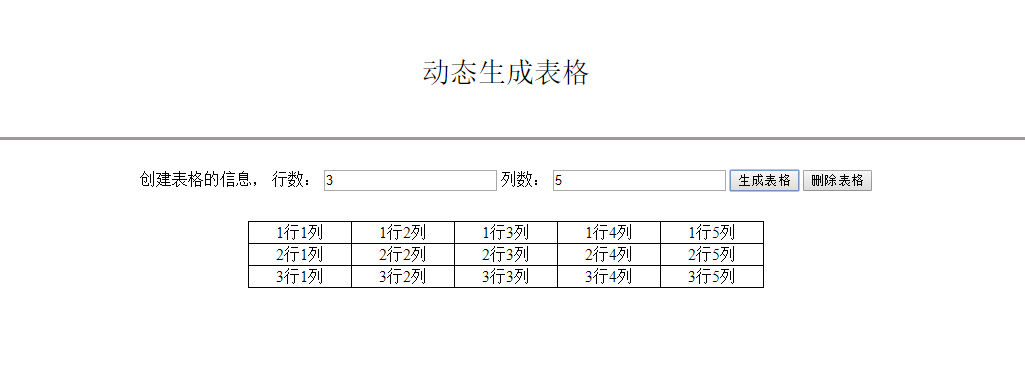可以将文章内容翻译成中文,广告屏蔽插件可能会导致该功能失效(如失效,请关闭广告屏蔽插件后再试):
问题:
I am looking for solution how to select number of days between two dates without weekends and public holidays.
So far I have this:
SELECT evnt.event_id,
evnt.date_from,
evnt.date_to,
DATEDIFF(DD, evnt.date_from, evnt.date_to)
- (DATEDIFF(WK, evnt.date_from, evnt.date_to) * 2)
- CASE WHEN DATEPART(DW, evnt.date_from) = 1 THEN 1 ELSE 0 END
+ CASE WHEN DATEPART(DW, evnt.date_to) = 1 THEN 1 ELSE 0 END AS Date_Diff
--- COUNT(*) FROM public_holidays AS h WHERE h.date_from BETWEEN evnt.date_from AND evnt.date_to
FROM events AS evnt
everything works fine untill I uncomment section:
- COUNT(*) FROM public_holidays AS h WHERE h.date_from BETWEEN evnt.date_from AND evnt.date_to
What I am trying to achieve is to get number of working days in date range. Problem is with last step, where I am trying to substract all public holiday days from this range.
Can anyone help with this last step? It seems, that I am doing something wrong, but I cant figure out what.
Thank you in advance
回答1:
Try This:
SELECT evnt.event_id,
evnt.date_from,
evnt.date_to,
DATEDIFF(DD, evnt.date_from, evnt.date_to)
- (DATEDIFF(WK, evnt.date_from, evnt.date_to) * 2)
- CASE WHEN DATEPART(DW, evnt.date_from) = 1 THEN 1 ELSE 0 END
+ CASE WHEN DATEPART(DW, evnt.date_to) = 1 THEN 1 ELSE 0 END AS Date_Diff
- (SELECT COUNT(*) FROM public_holidays AS h WHERE h.date_from BETWEEN evnt.date_from AND evnt.date_to)
FROM events AS evnt
the uncomment should be a Subquery
--- COUNT(*) FROM public_holidays AS h WHERE h.date_from BETWEEN evnt.date_from AND evnt.date_to
like this:
- (SELECT COUNT(*) FROM public_holidays AS h WHERE h.date_from BETWEEN evnt.date_from AND evnt.date_to)
回答2:
Kajiyama,
Try this:
SELECT evnt.event_id,
evnt.date_from,
evnt.date_to,
DATEDIFF(DD, evnt.date_from, evnt.date_to)
- (DATEDIFF(WK, evnt.date_from, evnt.date_to) * 2)
- CASE WHEN DATEPART(DW, evnt.date_from) = 1 THEN 1 ELSE 0 END
+ CASE WHEN DATEPART(DW, evnt.date_to) = 1 THEN 1 ELSE 0 END AS Date_Diff
-(SELECT COUNT(*) FROM public_holidays AS h WHERE h.date_from BETWEEN evnt.date_from AND evnt.date_to)
FROM events AS evnt
Looks like you were missing the SELECT statement before the COUNT(*)
回答3:
Here is the diffrent answer with WITH common_table_expression (CTE)
;with t as
(
select COUNT(*) as cnt FROM public_holidays
WHERE date_from BETWEEN evnt.date_from AND evnt.date_to
)
SELECT evnt.event_id,
evnt.date_from,
evnt.date_to,
DATEDIFF(DD, evnt.date_from, evnt.date_to)
- (DATEDIFF(WK, evnt.date_from, evnt.date_to) * 2)
- CASE WHEN DATEPART(DW, evnt.date_from) = 1 THEN 1 ELSE 0 END
+ CASE WHEN DATEPART(DW, evnt.date_to) = 1 THEN 1 ELSE 0 END AS Date_Diff
- (select cnt from T)
FROM events AS evnt
回答4:
( I see this is already answered, but I'll throw this out anyways...)
Might not be a bad idea to have a calendar table with each day as a row, as opposed to a separate public_holidays table. Check out the article SQL Server Calendar Table for a demo and downloadable T-SQL code. Includes a couple of follow-on articles for querying and fiscal years.
回答5:
I saw some examples elsewhere like the below.
If you're looking for a 'business day diff' then please also compare it to a normal calendar day diff (i.e. DATEDIFF). Diff between two adjacent weekdays should be 1 day in both cases. Other solutions result in two business days between say Tuesday and Wednesday.
DECLARE @StartDate DATETIME
DECLARE @EndDate DATETIME
SET @StartDate = '1/17/19'
SET @EndDate = '1/18/19'
-- CalendarDateDiff vs Business Date Diff
SELECT
DATEDIFF(d, @StartDate, @EndDate) AS CalendarDateDiff
, (DATEDIFF(dd, @StartDate, @EndDate) + 1)
-1
-(DATEDIFF(wk, @StartDate, @EndDate) * 2)
-(CASE WHEN DATENAME(dw, @StartDate) = 'Sunday' THEN 1 ELSE 0 END)
-(CASE WHEN DATENAME(dw, @EndDate) = 'Saturday' THEN 1 ELSE 0 END) AS CalendarDays




